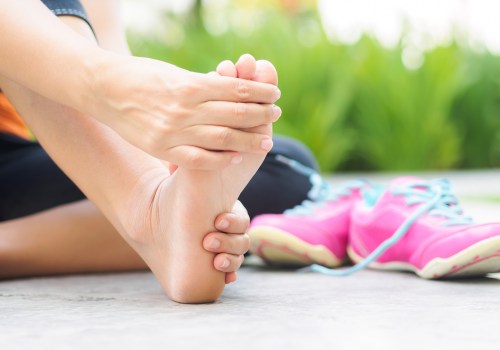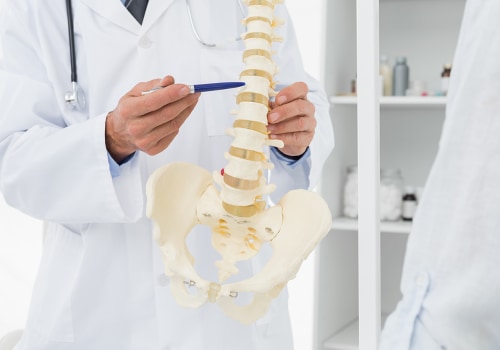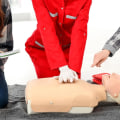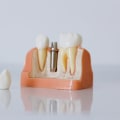Pain management strategies: pain relievers, physical therapy (such as hot or cold compresses, massage, hydrotherapy, and exercise), psychological therapies (such as cognitive behavioral therapy, relaxation techniques, and meditation), mind and body techniques (such as acupuncture), community support groups. Simple, everyday activities, such as walking, swimming, gardening, and dancing, can directly relieve some of the pain by blocking pain signals to the brain. There are two types of pain. Acute pain starts suddenly, lasts a short time, and goes away as the body heals.
You may feel acute pain after surgery or if you have a broken bone, an infected tooth, or a kidney stone. Chronic pain differs from another type of pain called acute pain. Acute pain occurs when you hurt yourself, such as when you make a simple cut in your skin or break a bone. It doesn't last long and goes away after the body heals from anything that caused the pain.
Instead, chronic pain continues long after you recover from an injury or illness. Sometimes it even happens for no obvious reason. Injuries and illnesses can also cause changes in the body that make you more sensitive to pain. These changes can stay in place even after you've healed from the original injury or illness.
Something like a sprain, broken bone, or brief infection can cause chronic pain.







